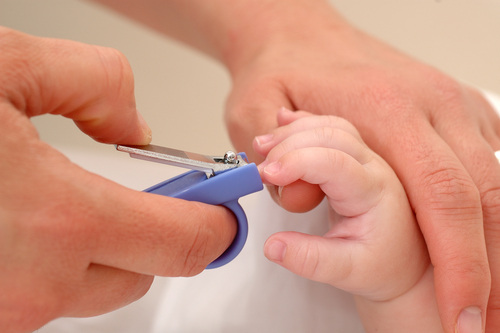Google Image
Many children with autism have difficulties eating a variety of food. Some of them may be on a specific diet plan, but the rest may not. We often come across children with autism who are not on any specific diet, choosing only to eat specific foods. Parents may have to prepare the same food everyday just so their children would fill their stomachs with something rather than nothing. This strategy of feeding them with the same food every single day may just work in a short period of time. However, it may unlikely last long. Tolerance to food can be implemented to desensitize the fear and to expose them to a variety of foods. There are so many ways to implement this strategy, depending on each child’s learning abilities. What follows is an example of one way to approach this.
You will need:
1) Social Story on Eating
2) Video Model on Eating
3) Eating utensils
Step 1: Social Story
A Social Story helps to prepare the child about what will take place when trying new food. It can also highlight what the expected behaviours are, the reinforcement or reward that the child can obtain, and also some of the coping strategies should the child feels anxious. Depending on the child’s learning ability, the social story can have more pictures than words or vice versa. As long as the child is comfortable reading it or it being read to them, then you are on your way to achieve your goal!
Here is an example of a social story on Eating:
Step 2: Video Model
Video models can be very helpful to the child too. It can include someone the child is familiar with to help them understand better that it is alright to try eat something new when they see the other person doing it. Feel free to include some scenes or shots with their peers or teachers doing it too. Positive and encouraging comments in the video to highlight the efforts made by those modelling can serve as reinforcements to the child. Alternately, tangible rewards can be presented too upon trying out new food.
Step 3: Practice
While we help the child to be successful in building their tolerance to anything, in this case to eating, it is imperative to remember to make the child feel successful at every step, even if it means they are all broken down to very small steps. After going through the social story and video model, the child can then practice eating new food.
Initial Stage: This stage can include the presentation of the targeted food (i.e. carrot, rice, etc.) in a small plate. This plate can be positioned near the child during snack time or lunch time. The tolerance can be built by slowly decreasing the gap between the plate and the child.
Experiment Stage: In this stage, the child should be able to tolerate having the food near the meal. It is time to try new food! Remember that each step can be broken down into much smaller steps to some children. For example, some children may need to tolerate tapping the small piece of food while others may straight away hold it by the hand. The tolerance can gradually be improved depending on the child’s needs. Should the child show any signs of anxiety, feel free to take a step back. Our goal is to allow the child tolerate trying new food successfully. So if the child is not ready to move to the next step, take a step back and slowly help them build their tolerance while continuously praising them for their effort. A tangible reinforcement may help too!
As the child moves on, we can slowly teach the child to tap the food on their lips and then slowly to bite a small piece and spitting it out if they are not ready to swallow.
Final Stage: This stage may just highlight the child’s ability to tolerate the presence of the new food in their mouth. Once they are able to swallow the food, the child can be presented with a super surprise to encourage the expected positive behaviour. Praise and label with comments like, “Wow! You ate carrots! You are a champion!” to highlight the expected behaviour performed.
These are just basic guidelines on one way to help the children to build their tolerance to eating. Different children may require different approaches to be successful in building this tolerance. Be creative and flexible to prepare the approach that may work best for each of them. If Plan A does not work, there is always Plan B and C and D up until the 26th alphabet. Don’t give up and keep trying! While we have to always remember to praise the child for their effort, we can praise ours too.
We hope these guidelines are helpful for any child to build their tolerance to eating. Remember that reinforcement is always crucial for the child to be motivated. Providing a variety of super excellent reinforcement can be very helpful. Have fun trying!
Written by:
Emma Sajidah
Supervisor Intern, EAP Malaysia.\










